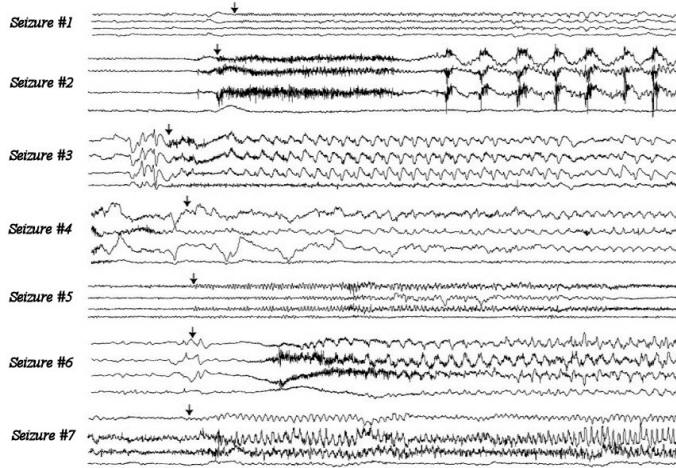

Distractions such as toys and DVDs are provided. The EEG technologist is experienced in helping children to relax. Toddlers may not enjoy the experience, much like a hair cut or hair wash.
Ideally we need your child to be fairly still during the recording. Recent chicken pox must be completely healed in order for the EEG to occur. If your child has hair lice, please make a new appointment, as health precautions prevent us from carrying out an EEG on a child with lice. We need your child to have clean, dry hair with no extra products such as oil or gel. help localise the site of seizure activity in a child with focal epilepsyĪn EEG can occasionally lead to confusion, especially if non-specific abnormalities or epileptic activity is seen in a child without seizures. monitor treatment in some types of epilepsy. help confirm or exclude epilepsy, following a thorough clinical evaluation (usually with EEG recording during episodes). help make a specific (syndrome) diagnosis in a child with epilepsy. 
help distinguish focal from generalised seizures and epilepsies. The main roles of EEG in the evaluation of children with epilepsy are to: The interpretation of EEG findings in children can be difficult and it is recommended that EEGs in children are recorded and interpreted by clinicians experienced in paediatric EEG. A normal EEG during a "seizure" usually excludes epilepsy as the cause. Many types of epilepsy may be associated with a normal EEG between seizures. Furthermore, about 2% of normal school-age children who do not have seizures have epileptic activity on EEG.Ĭonversely, a normal EEG does not exclude epilepsy. cerebral palsy, autism, speech delay) and do not mean that the child has epilepsy. Non-epileptic abnormalities and even epileptic activity may be recorded in children with neurological and behavioural problems (eg. Minor irregularities of no significance are frequently seen in EEG recordings of normal children, especially infants and young children. Focal abnormalities seen on an EEG occasionally warrant a child having a brain scan. Many types of childhood epilepsy have characteristic epileptic activity on the EEG that leads to a specific diagnosis and treatment. This epileptic activity can take several forms and be either generalised (recorded over all regions) or focal (recorded in one or more localised regions). In people with epilepsy, there may be "epileptic activity" on the EEG indicating their predisposition to seizures. The brain waves may be normal or show abnormalities in certain regions. The EEG recording shows rhythmical electrical activity, often called brain waves. This is recorded on a computer and interpreted by a neurologist What does the EEG show? Some questions that your child might ask about an EEGĪn electroencephalogram (EEG) is a safe and pain-free test which records the electrical activity of the brain.








